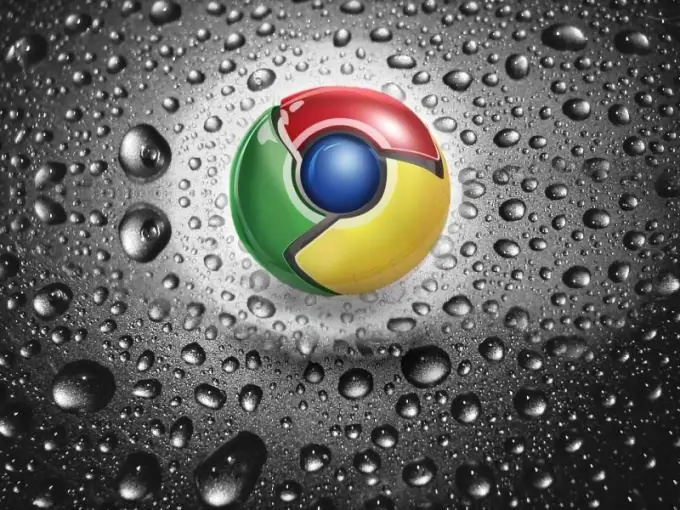- Author Lauren Nevill [email protected].
- Public 2023-12-16 18:48.
- Last modified 2025-01-23 15:15.
Problems that arise when starting any browser can be caused by the penetration of virus programs or so-called "Trojans" into the system. Such programs are capable of changing system files and settings, which leads to incorrect operation of both browsers and the operating system.

Malicious software (viruses, trojans, etc.)
Programs of this type penetrate the system due to the lack of high-quality anti-virus protection or by mistake by the user himself. To "cure" the system, write an anti-virus program to a USB drive or CD / DVD and run it on the infected computer. It is recommended to run the anti-virus program in the safe mode of Windows. To do this, when restarting your computer, press the F8 key. If the Boot Device selection menu appears, select the hard drive where the operating system is installed, press Enter and F8 again.
In the list that appears, select, using the arrows on your keyboard, "Safe Mode" and press Enter. The system will boot in safe mode, then connect the media with the antivirus program and run it. When scanning the system, specify all local disks for scanning, because The virus program can copy itself to different folders on the computer. After the system scan is finished, follow the instructions of the antivirus program regarding further actions with the detected malware.
Modified hosts file
Some malware is capable of modifying operating system files. Most often, the hosts file is subject to change, since it is responsible for the network connection. Using the internet, determine the contents of the "healthy" host. To find the hosts file, open the local drive where the operating system is installed ("C" by default), then follow the following path: Windows-System32-drivers. Open the hosts file with Notepad. Check the information contained in the file, it should match the "healthy" host file. Any incorrect lines should be removed. Then save your changes and close the file.
Registry check
To check the registry, run the command line by pressing the Win + R keys or by choosing Start-Accessories-Run from the menu. In the window that appears, type regedit and press Enter. In the window that opens, go to the address: HKEY_LOCAL_MACHINE / SOFTWARE / Microsoft / Windows NT / CurrentVersion / Windows \
Select the line AppInit_DLLs and press Ctrl + X. Save changes and close the registry window. Open Notepad and press Ctrl + V. Save the resulting text file and restart your computer. After starting the computer, open the created text file and go to the address indicated in it, delete this file.






